3 ways of collecting email addresses
Before we comment on whether buying email lists is a good idea, let's look at how marketers usually acquire personal email addresses.
- Build your list: A straightforward and reliable way to do this is to collect email addresses organically, that is, with consent. It is time-consuming, but it connects you with people who are genuinely interested in what you're offering.
- Rent email list: You pay a third party an agreed amount to use their email list for your marketing campaign. You are allowed to use it on a one-time or several-time basis, depending on the rental deal.
- Buy email list: Some marketers choose to buy email lists outright. This means purchasing a ready-made list of email addresses collected by someone else. However, we advise against this approach for the reasons mentioned below.
Why you should avoid buying email lists
While quick access to 10,000 email addresses of potential leads seems tempting, below are some reasons why it is not the best move in the long run.
1. Violates legal regulations
Coming across as a quick win, buying email lists violates several legal regulations, with the GDPR being a prime example. GDPR stands for General Data Protection Regulation (GDPR), a set of rules in the EU about how businesses collect and use their citizens' personal data. The underlying principle of GDPR is informed consent. If the person did not opt-in to have their data processed by you, sending them any email is breaking the law. Businesses violating GDPR rules might face fines or other serious legal consequences.
Note that even if your organization is outside Europe, you must still comply with GDPR if you are handling people's personal data in the EU region.
2. Annoys your recipients
Think of it as showing up unannounced at someone's door to sell them something. Not cool, right? Treat the receiver's inbox as their sweet home; don't intrude. If you're a brand that values your users' privacy and wants to gain their trust and build a long-term relationship, intruding in their inbox will only annoy them.
Moreover, anti-spam regulations like CAN-SPAM say you need consent before sending commercial and business emails. But it's about more than just the law; buying lists goes against sound marketing principles. Your subscribers are real people who should be treated with respect.
3. Harms domain reputation
Your domain reputation is like your online credibility score. People on those lists never signed up to receive communication from you. So when they see your emails, they will either mark it as spam or hit the unsubscribe button faster than you can say 'ROI.'
And if too many recipients mark your emails as spam, it will harm your domain reputation. This can even lead to your emails being blocked entirely by email service providers. This will dump your sender's reputation, and all further emails you send will also land in spam folders automatically. Hence, this is a drain of your resources that could be better spent building a quality list.
4. Targets inaccurate audience
Good quality email contacts are valuable because they consist of accurate data of people who are interested in you. A purchased extensive database of email addresses might lack both of these qualities.
An email list out for purchase might have been scraped unethically. Many email list sellers scrap social media platforms like LinkedIn to curate the email addresses of people without their consent. Hence, they won't respond to your emails. Moreover, depending on how old the list is, it might include email addresses that no longer exist or are inactive.
When relying on a purchased email database, you can never be sure that the list has the email addresses of your target market. Even if someone lives in a particular zip code, falls into a specific age group, or works under a job title, they still need to be interested in what you offer. Buying email lists means you're taking a shot in the dark, hoping to find your target audience.
Don't worry! There are many simple ways to build your email list. The basic principle is simple - offer them something valuable they would want in exchange for their email addresses.
How you should build your email list organically
Creating an email list requires work, but in the long run, an organic email list can become a reliable asset that consistently delivers results for your business. Whether you're just starting your business or looking to take your email marketing to the next level, we've got you covered. Here are some ideas you can implement to grow your email list.
1. Leverage your existing network
As a beginner, spreading the word far and wide is essential and efficient. Start by telling everyone you know about your newsletter – friends, coworkers, acquaintances. If you are hesitating to talk about your email, why would anyone else do it? It might seem daunting, but every big newsletter you know got its initial subscribers by sending personal emails to their first-degree connections and promoting it in conversations.
My first 100 subscribers were all friends. I'd send them a note saying, "Hey, I sent an email that I think you'll dig." I'd add them to the list, and pretty quickly, after getting a couple of my emails, I'd get a "LOVE THIS!" response. To this day, the one-by-one approach has been the most successful!
— Substack writer
You can also share your newsletter's link in your email signature, personal website, and social media bios. A good practice is to share excerpts and insights from your newsletter along with the link to give your network a teaser of what they can expect.
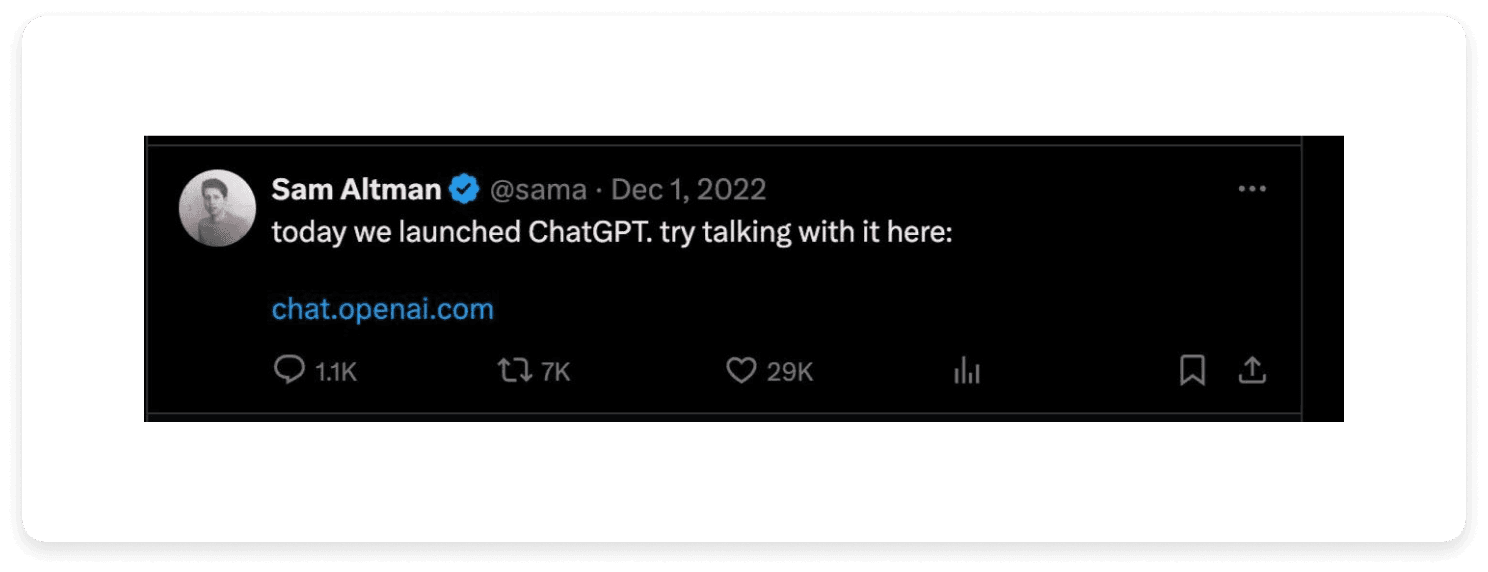
Source Image
2. Reach new audiences through partnerships
Building an email list from scratch is challenging. Still, a proven idea is to start by partnering with established businesses and brands in your niche. This could be through collaborations that require email registrations, such as co-hosting webinars, co-creating ebooks, and strategic sponsorships of events where you'll find your target market.
Partnerships are always a two-way thing. The proposition needs to be mutually beneficial to both parties. Incentives for successful partnerships could either be direct to each other's audience, exclusive discounts to each other's audience, or even a revenue share on any sales generated through the collaboration. By tapping into the trust and existing network of established players, you can significantly boost your email list signups and reach a wider audience.
If you're starting small, a simple hack is to tap into a big creator's audience by mentioning them in your newsletter and letting them know. They would like it and might share your newsletter with their audience on their social accounts or in their newsletter. This works because both parties are better off with this collaboration by supporting each other.
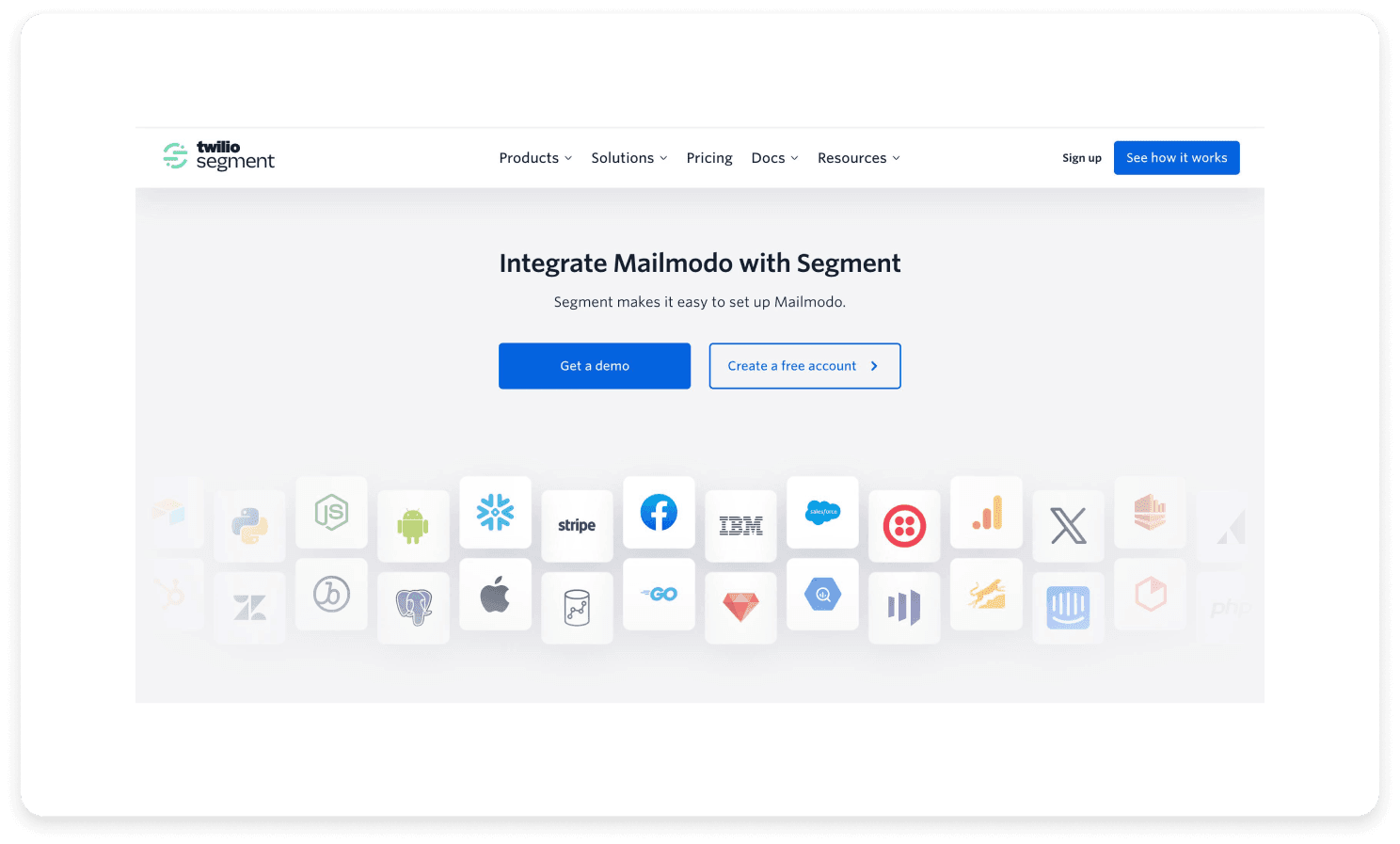
Source Image
3. Reward referrals with incentives
Referral programs create a win-win-win situation. This works because existing customers get rewarded for sharing their positive experiences, their friends benefit from valuable offers, and your business gains trust through the power of word-of-mouth.
By offering attractive incentives like discounts, free trials, or early access, you encourage customers to become your advocates. This not only gets your emails noticed but also builds trust with potential customers who value recommendations from friends. You can include compelling messages in your marketing emails, prompting customers to join your referral program.
Most importantly, make it easy for them to refer you by providing a unique referral link or trackable code. Keep your customers informed of how many successful referrals they have made and at what stage they are in the referral program.With every recommendation from a trusted friend, you exponentially expand your reach to new customers more likely to engage with your brand.
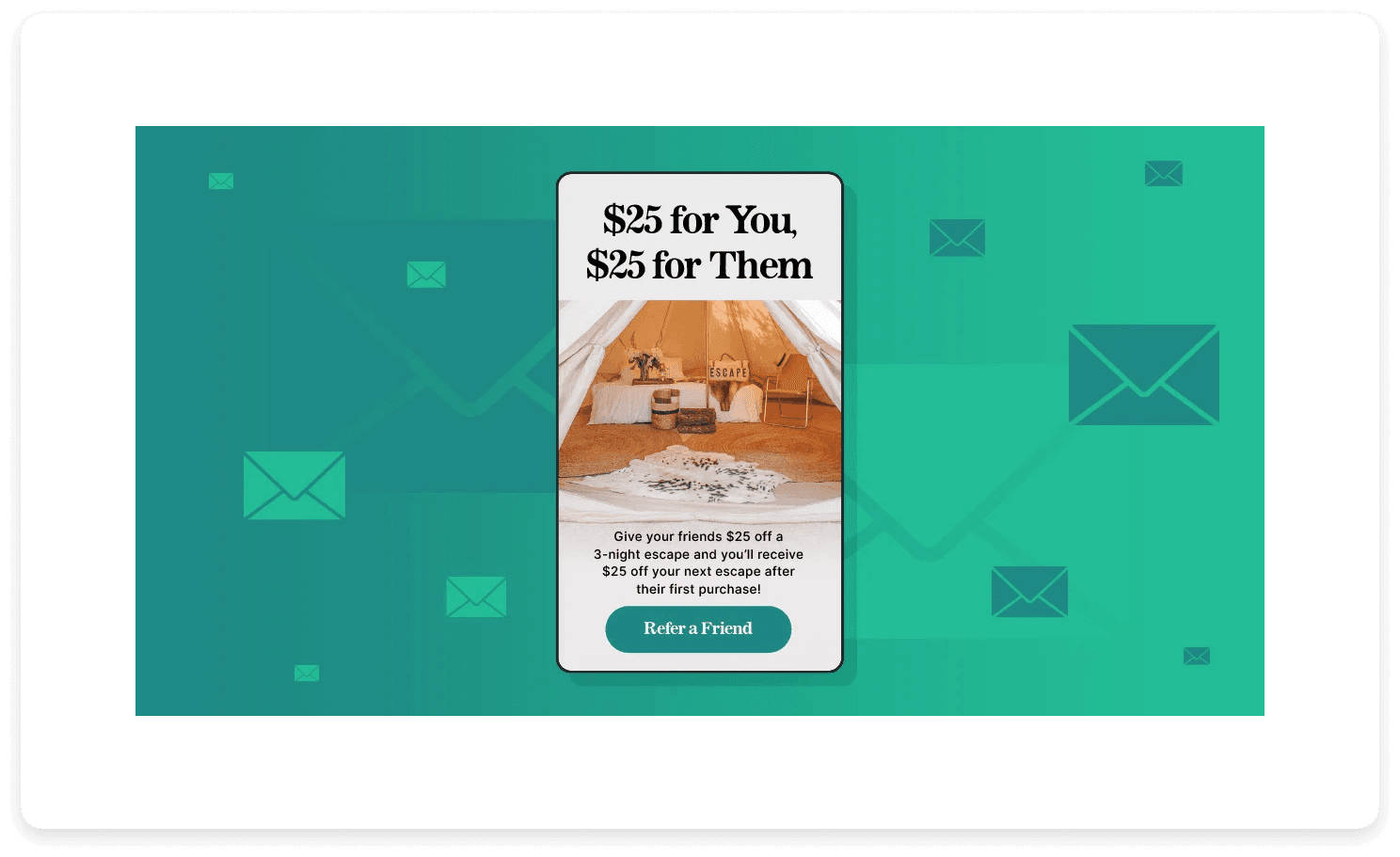
Source Image
4. Optimize your website for easy signups
You must ensure that subscribing to your email list is easy for the readers. A great idea can be strategically placing the subscribe button where the customer is bound to pay attention. This increases their chances of reading your offering and sharing their email addresses.
- Sticky signup buttons - Consider using a "sticky" subscribe bar that remains visible as users scroll down your webpage, keeping the option to subscribe ever-present. Place them on your homepage, blog posts, and landing pages.
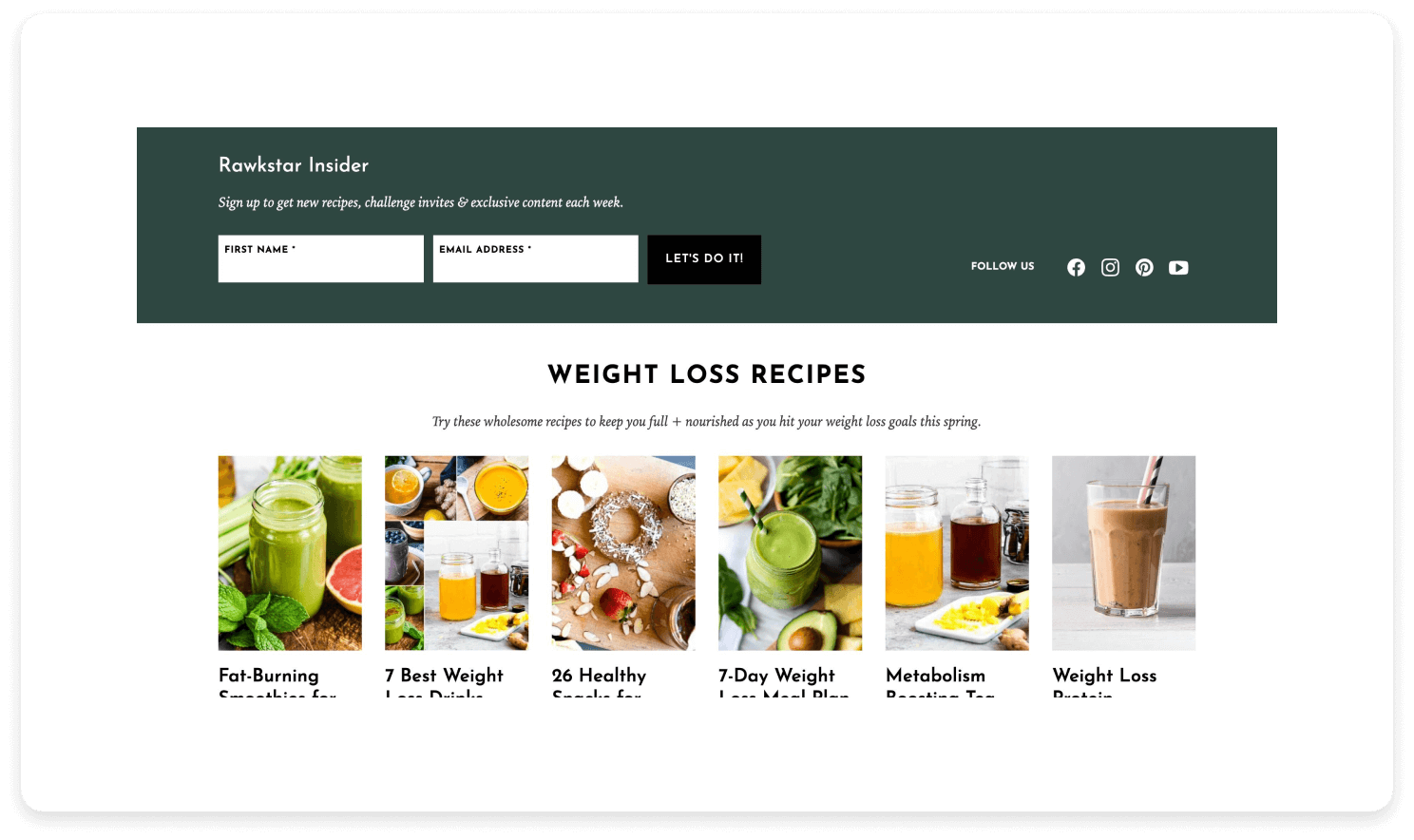
Source Image
- Pop-ups - Consider pop-ups that appear after a certain amount of time spent on your site or upon exit intent. Readers on your website already would want to hear more from you and, hence, subscribe for updates.
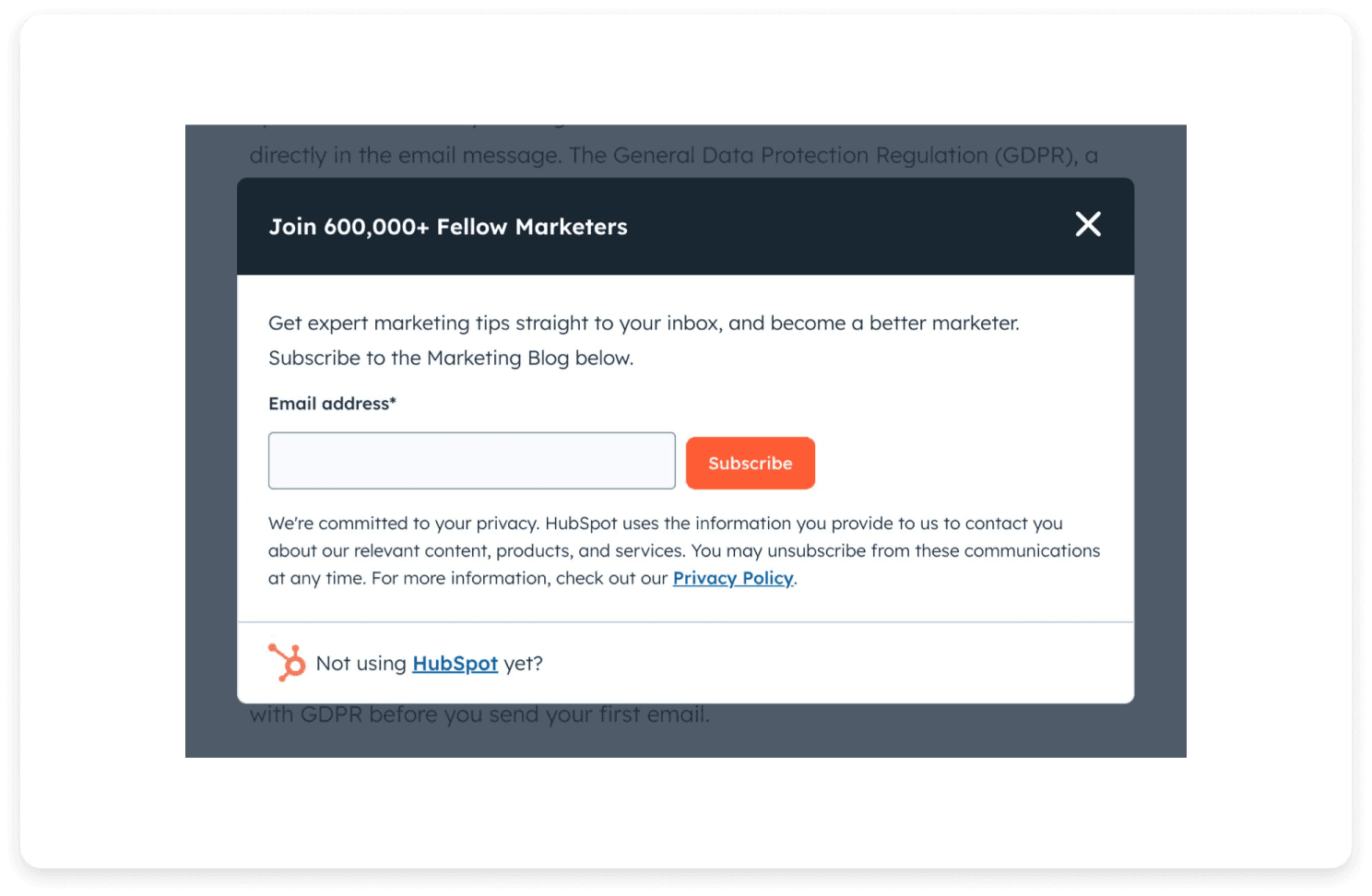
Source Image
- In-built subscribe buttons - One way to get subscribers is to embed the signup button at the end of your every blog and other landing pages.
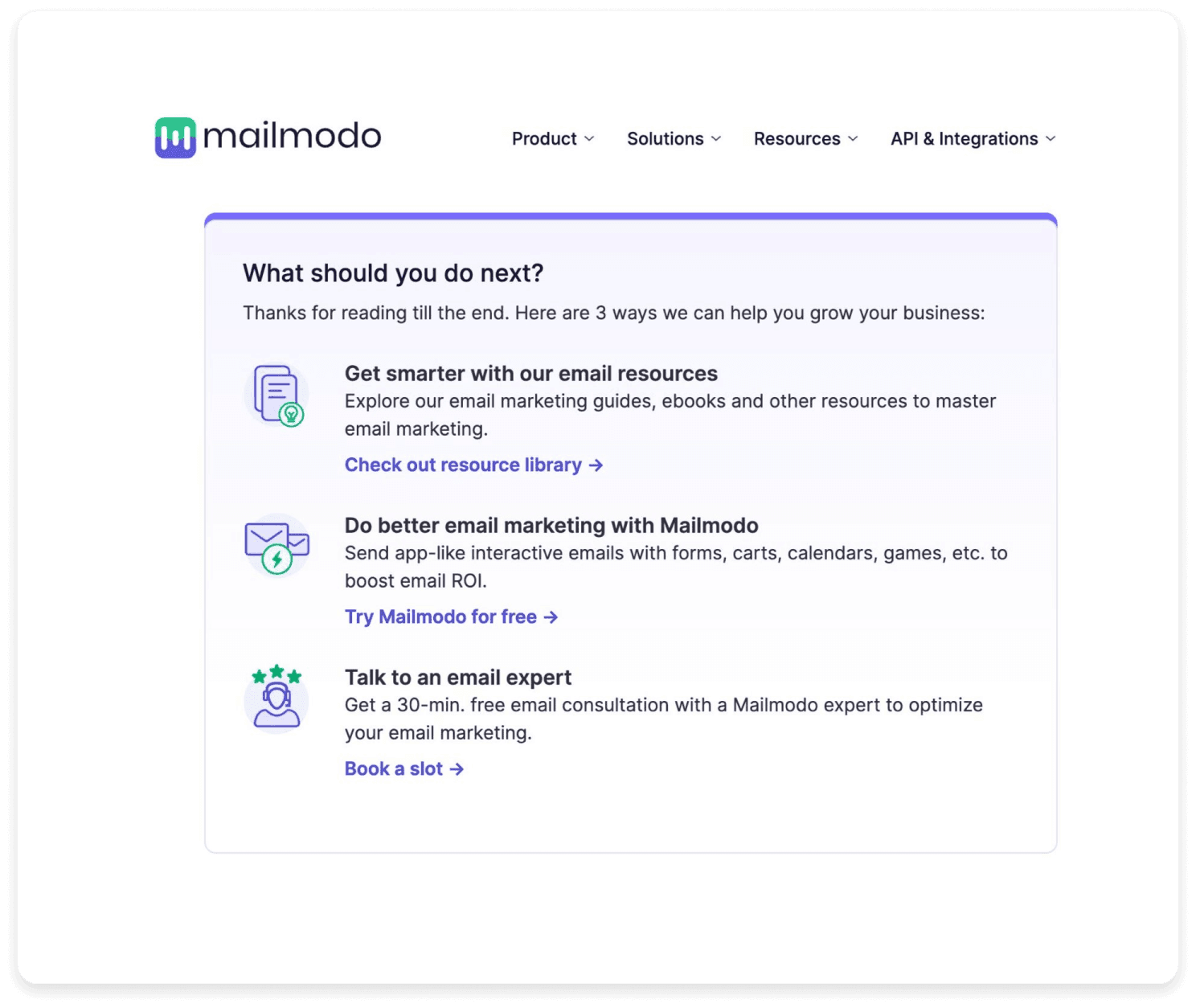 Source Image
Source Image
5. Offer opt-in incentives
One of the easiest and effortless ways to grow your list is by requiring visitors to provide their email addresses in exchange for viewing a piece of content. Strategically place opt-in forms across your website, blog, and landing pages.
You can gate resources like ebooks, courses, and survey reports. Remember, it's all about providing something of value in exchange for their contact information. This mutually beneficial approach paves the way for building a loyal audience and exponentially growing your email list.
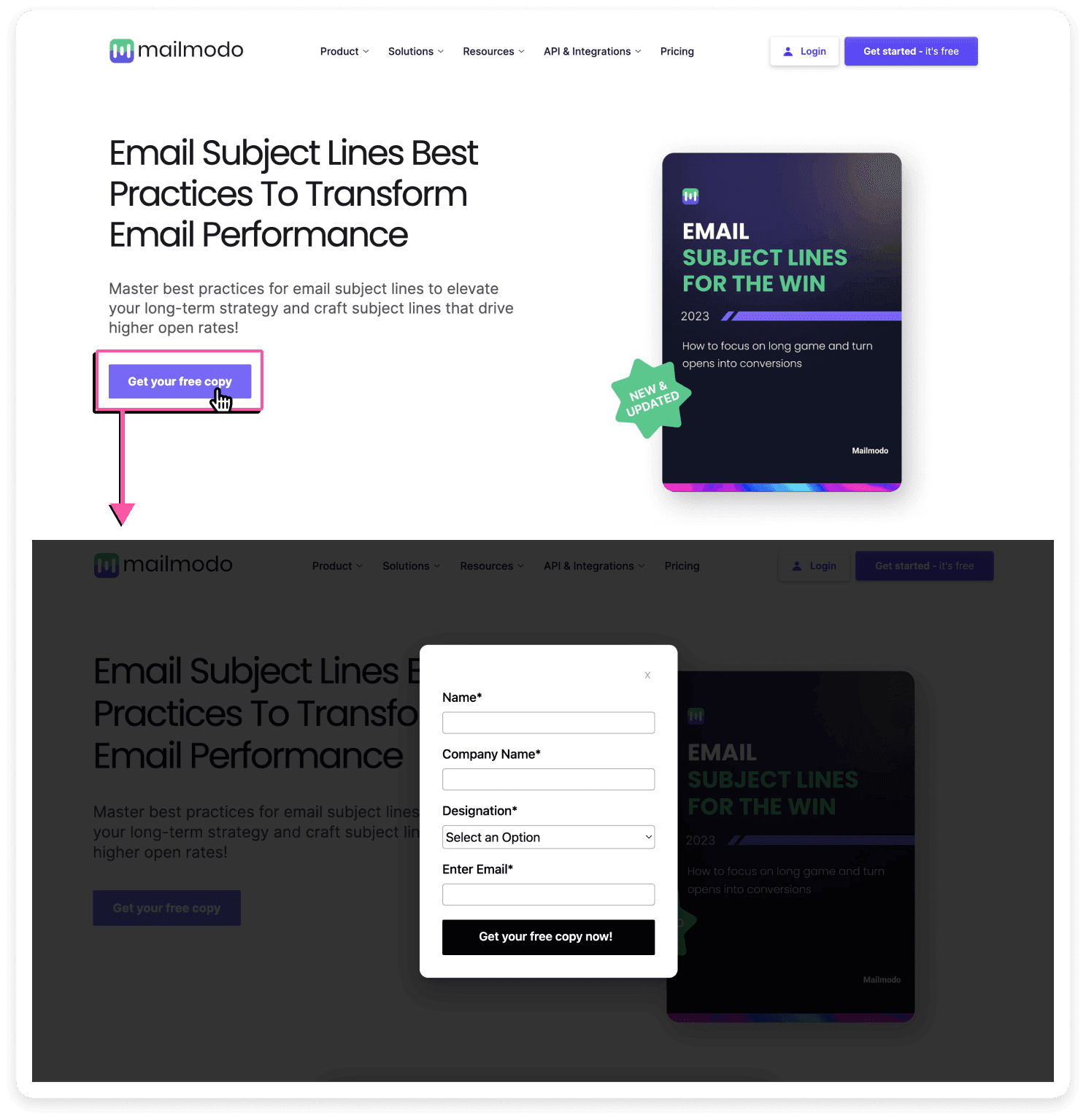
Source Image
6. Host webinars or events
To attract email addresses of potential customers, consider hosting webinars related to your specific industry. Ask the attendees to share their contact details and email addresses while registering for the webinar.
This process allows you to collect email addresses of individuals genuinely interested in your offerings, as they've shown an active interest by signing up for your webinar or event. Later, you can nurture relationships with attendees and turn them into customers by sending emails about upcoming webinars on similar topics.
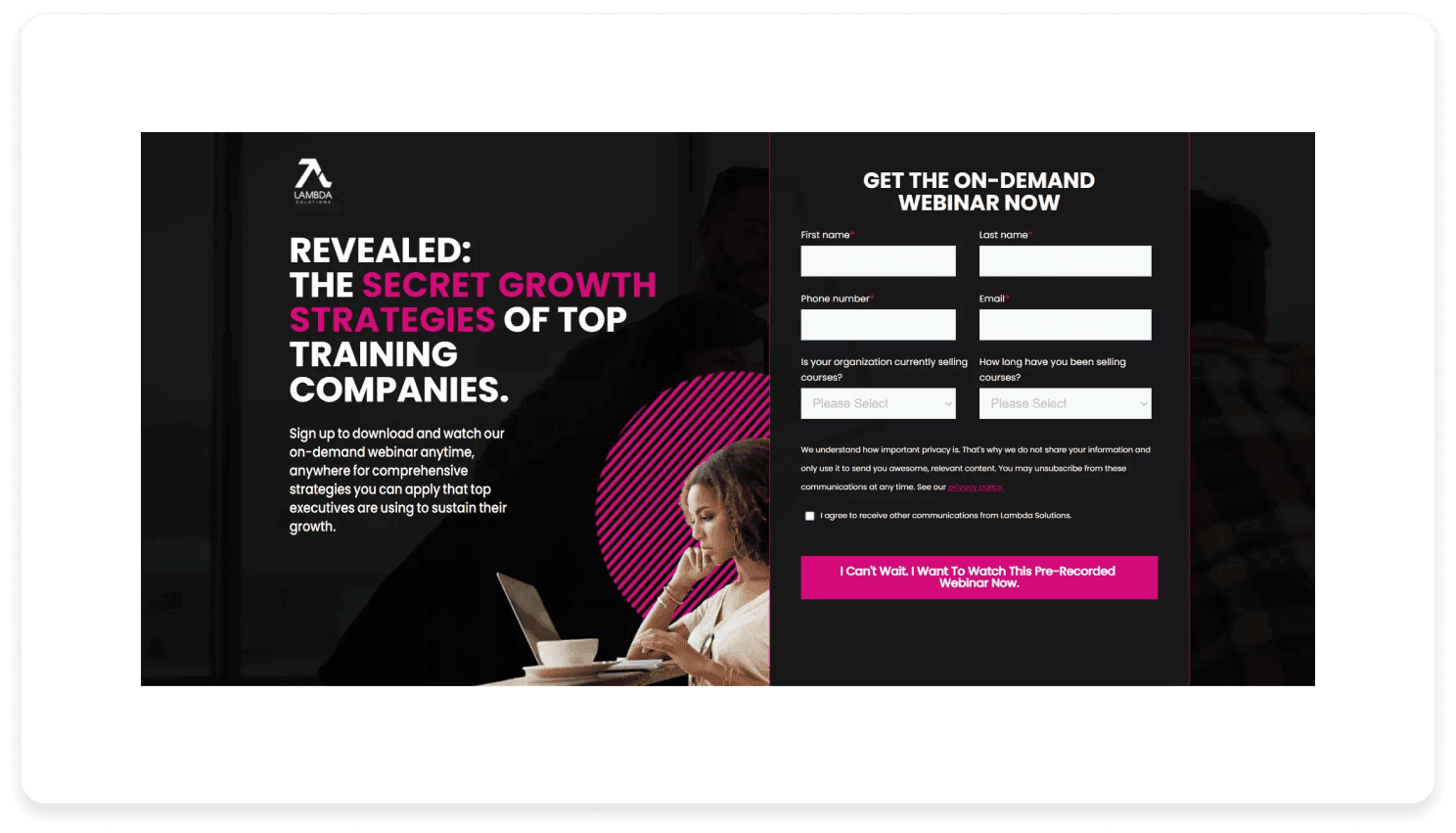
Source Image
7. Create emails that get shared organically
You can use your current subscribers to reach new ones by creating content that is unique and helpful. This will automatically encourage your readers to forward it to a friend or colleague who might also find it useful. This way, you expand the reach of your messages and increase the possibility of additional conversions.
And don't just leave it to chance. Include clear and compelling calls to action (CTAs) asking subscribers to share your email with their network. Consider adding social media sharing buttons or a simple "Forward to a friend."
Here's a good CTA to include at the bottom of your email:
Know someone who could benefit from this?
Pay it forward and share this with them!
Also, add a subscribe button to the forwarded email to earn an email address on your list. You can add a CTA like this too:
Enjoying this content?
A friend just forwarded it your way, but there's even more where that came from!
Subscribe to our newsletter.
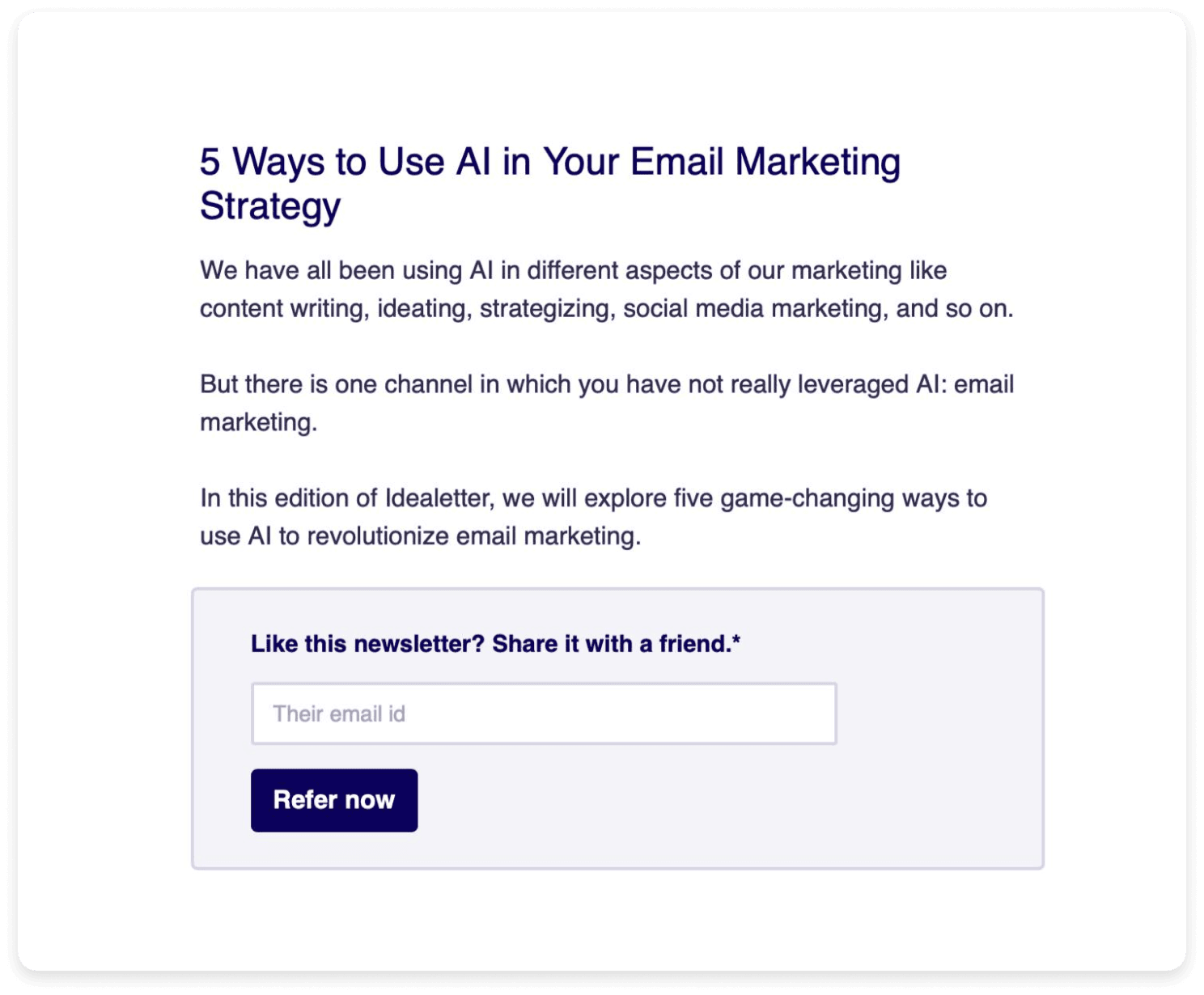
Source Image
8. Create educational courses
A good idea could be to create certification courses that can help users in one way or another.
You can create a course sharing your expertise in your industry and give it away for free in exchange for the candidate's email addresses.
Do your research and find a topic that adds value to your website visitors. For example, check out the email marketing course by Mailmodo.
By offering this course, we provide value to our audience and capture email addresses that can be used to initiate meaningful conversations. In our follow-up emails, we continue the discussion by asking users for feedback on the course.
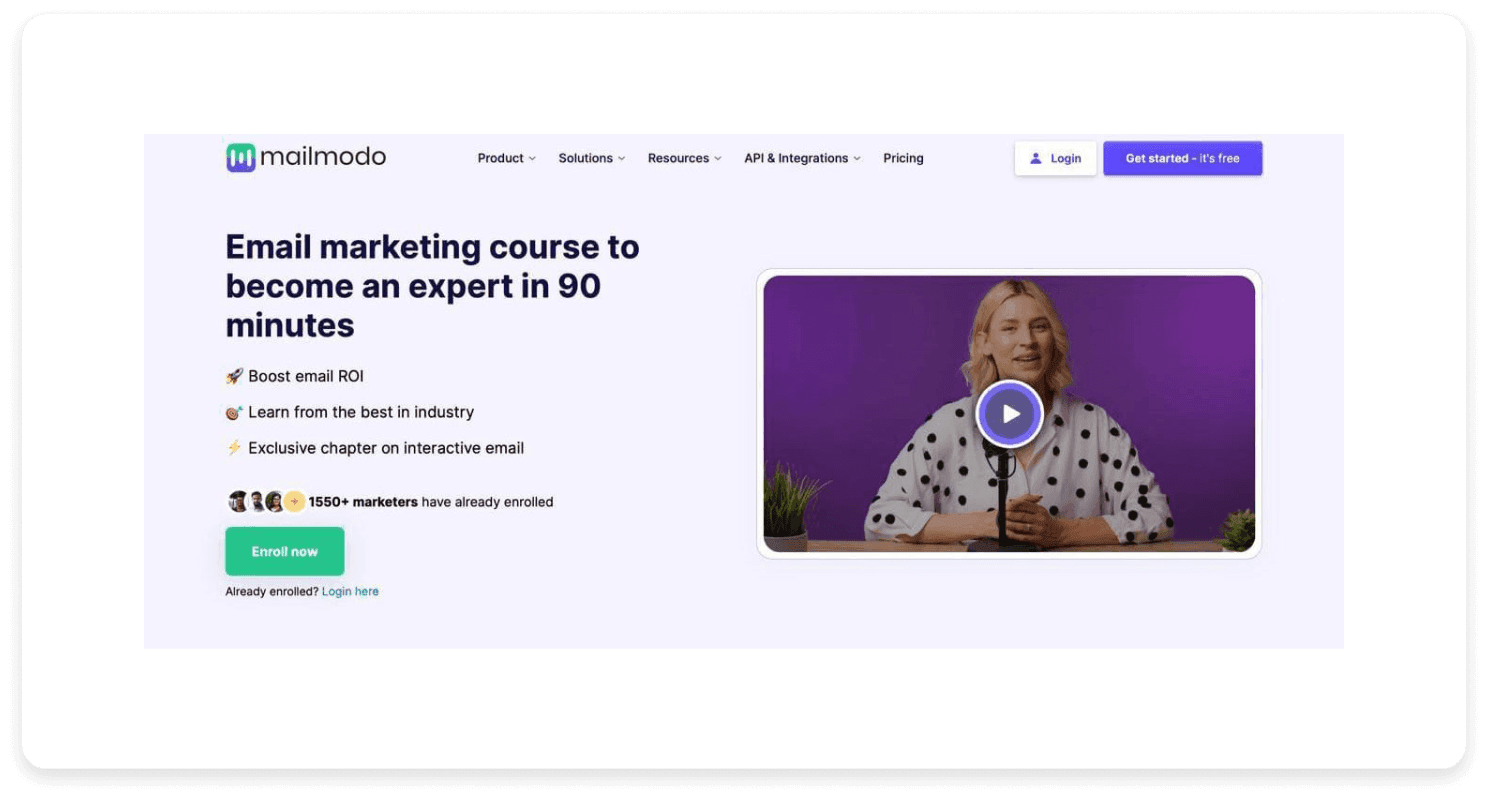
Source Image
Conclusion
Buying an email list can lead to legal trouble. It can harm your sender domain and brand image. It'll give a wrong first impression to your customers.
So, building your email list is the way to go instead of taking the easy route. It may take a little time. But, building an email list of people who want to hear from you and are interested in what you have to say is a great advantage for your business. It ensures that your subscribers stay longer and are more likely to buy from you.




















